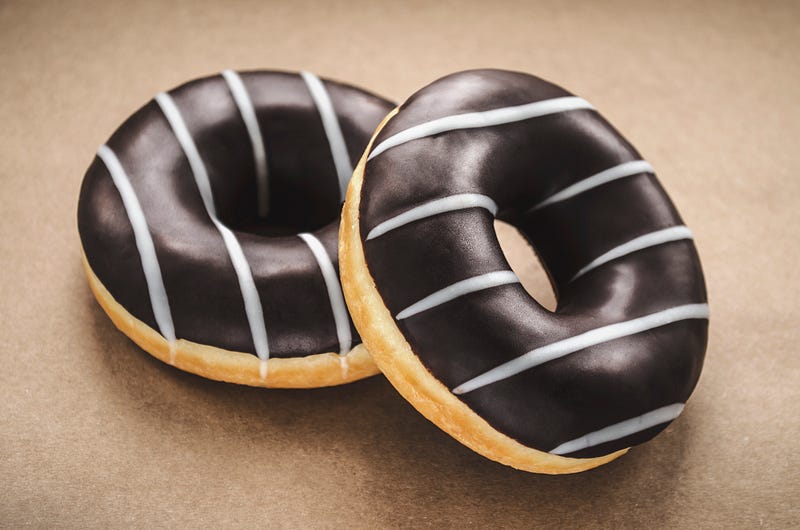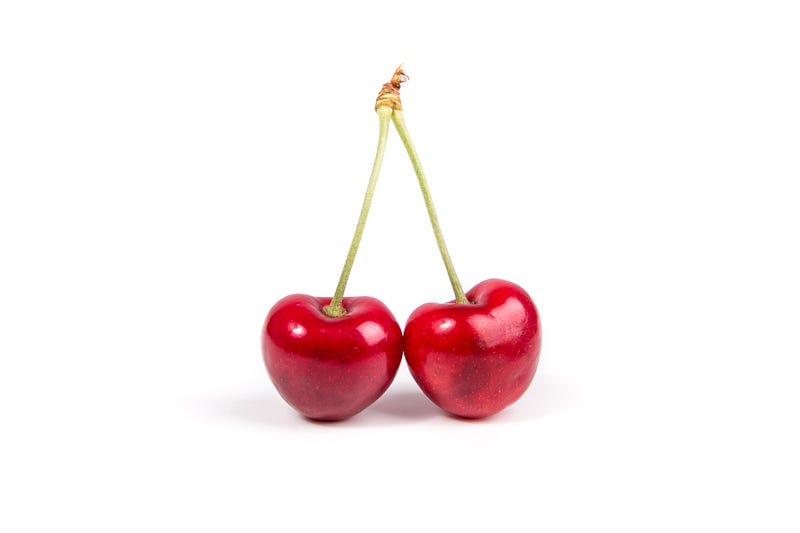Exploring the Science Behind Scrotum Aesthetics
Written on
Chapter 1: The Intriguing Topic of Scrotum Aesthetics
Science often delves into subjects that may appear trivial at first glance. However, upon closer examination, these inquiries can yield meaningful insights that resonate with real-world implications. Take, for instance, the scrotum—a subject few of us ponder in our daily lives. This pouch, which hangs between a man's legs and houses the testicles, typically garners little attention regarding its aesthetic appeal.
Nonetheless, feelings of insecurity can extend to all parts of the body, including the genital area. While breast augmentation ranks as the second most popular cosmetic procedure, other areas are quickly gaining traction, such as liposuction, Botox, and various facial enhancements. In the realm of men's health, some may explore genital alteration, with a burgeoning interest in scrotal surgery.
What exactly defines an aesthetically pleasing scrotum? This question formed the crux of a peculiar study released in April, titled "The Scrotum: A Comparison of Men’s and Women’s Aesthetic Assessments." Researchers aimed to determine the characteristics that might qualify a scrotum as "attractive" and whether preferences varied between genders.
The Methodology: A Closer Look
To investigate, researchers presented a range of scrotum images to both men and women, asking participants to rate them on a scale from -3 (very unattractive) to +3 (very attractive). They also collected demographic data, including gender, age, relationship status, and pornography consumption habits.
One notable question was conspicuously absent, which we will address shortly. The study comprised 653 participants—57% women and 43% men—averaging around 25 years old. Approximately half were in relationships, and 70% reported watching online pornography in the previous six months.
Participants viewed images of four different scrotums, each manipulated via Photoshop to showcase nine distinct sizes. Surprisingly, the findings revealed that most participants, regardless of gender, found scrotums to be generally unattractive, with average ratings hovering around -0.5. However, both genders tended to rate their own and their partner's genitalia as more appealing than those presented in the study.

Chapter 2: The Limitations of the Study
As you might expect, the conclusion that scrotums are not deemed attractive may seem apparent. However, the integrity of the study's design warrants scrutiny.
Firstly, the questionnaire failed to inquire about sexual orientation, a factor likely influencing perceptions of scrotal attractiveness. For instance, lesbian participants might rate scrotums differently compared to heterosexual women.
Secondly, the study's reliance on four digitally altered images limits the scope of what constitutes an attractive scrotum. The images primarily assessed overall size without considering other dimensions like length or skin tension, which could be significant for individuals contemplating surgical options.
Moreover, utilizing only four examples seems inadequate to capture the vast diversity of scrotum appearances. One can hardly gauge public opinion on celebrity attractiveness by showcasing only four celebrities.

Where Do We Go from Here?
Ideally, with sufficient resources, further research would clarify the nuances of scrotum aesthetics. A more comprehensive study would involve improved questionnaires, larger and more varied sample sizes, and a wider array of scrotum images.
Nonetheless, the existing study yields two important conclusions. Firstly, there appears to be no overwhelming preference for a particular scrotal appearance, suggesting that individuals need not fret over their genital aesthetics. Secondly, participants rated their own genitalia as above average, often finding their partner's more attractive. Perhaps scrotums become more appealing when associated with someone we love?
Next, let's delve into the intriguing question of gender and brain differences—can we identify a male or female brain just by examining it?